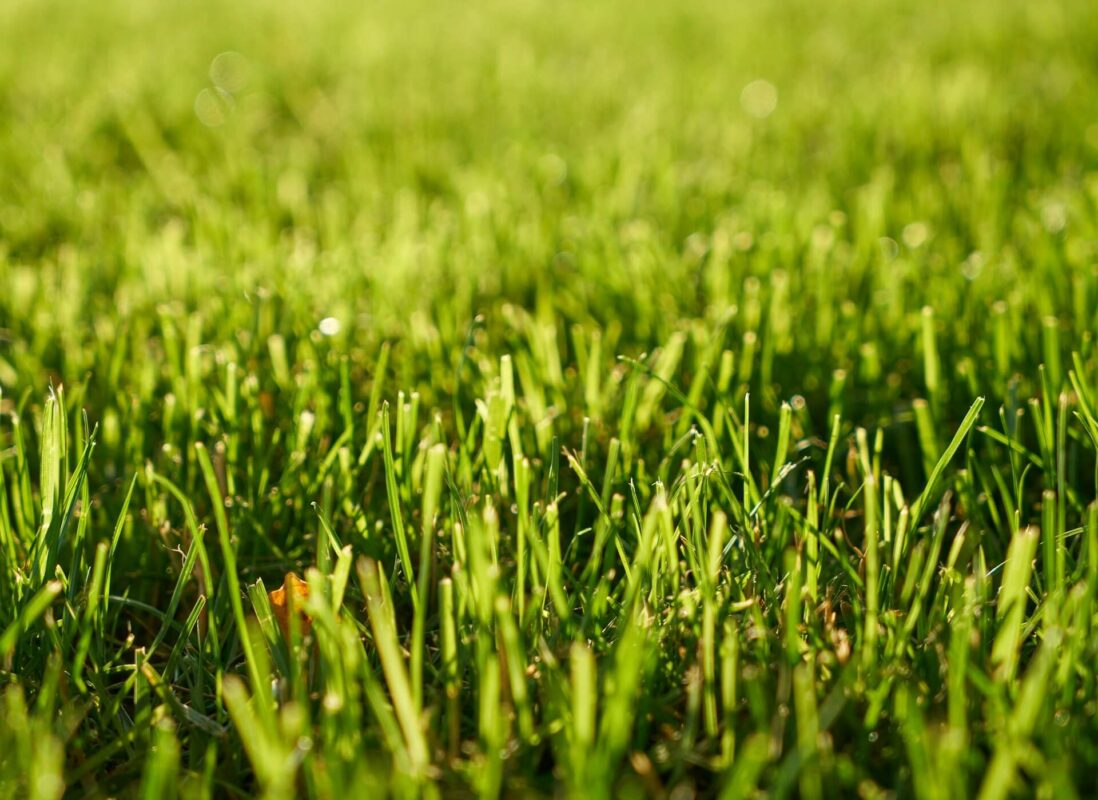Sheep Fescue: The Swiss Army Knife of Grasses

Perhaps I’m a bit of a turf nerd, but I like to think of the different grass species as tools in a toolbox. Like tools, each grass has a unique and important function that fulfills a need. And also like tools, some grasses are used more than others while some grasses might only be used in special circumstances to fulfil a very specific need. If you’re like me, you probably have that one tool in the toolbox you use for just about everything. For me, this do-all grass is sheep fescue. Festuca ovina is truly the Swiss Army knife of grasses. Versatile, tough and able to adapt to a wide range of climates and needs, sheep fescue may just be the solution to your landscaping problem.
Low Growing, Mowing Optional
Sheep fescue is a cool-season bunchgrass introduced from Europe. Despite its name, sheep fescue really isn’t the best choice for sheep forage, or any forage for that matter. Its short, tufting growth habit makes it a poor choice to include in pasture blends. However, this same growth habit gives it some advantages in the landscape. Because it rarely grows over a foot, sheep fescue can be used to create a “no-mow” lawn. This natural meadow-like look is ideal for areas where regular mowing is not possible or wanted. Many of our customers use sheep fescue for campgrounds, cabins, steep slopes, and around sheds and barns. Of course sheep fescue can be mowed regularly to provide a more traditional looking lawn if desired.
Ideal For Partnering With Wildflowers
In addition to its low-growing attributes, sheep fescue is also one of the best grasses for partnering with wildflowers. Unlike other grasses that smother and crowd out wildflowers, sheep fescue allows the wildflowers plenty of room to establish. Sheep fescue doesn’t mind giving the wildflowers the spotlight either and stays low enough to show off their blooms. When mixing with wildflowers, we recommend a seeding rate of ¼ pound of Festuca ovina seed for every 1000 square feet.
Excellent for Erosion Control
Sheep fescue also has some interesting attributes going on below the soil surface. When it comes to erosion control and soil stabilization, sheep fescue is one of the best choices. It produces a dense root system that holds soils in place. Because of this root system, sheep fescue is commonly found along roadsides, on ditch and canal banks, ski slopes, between vineyard rows and on the floor of orchards.
Adaptable, Drought Tolerant and Disease Free
But sheep fescue wouldn’t be half as useful if it wasn’t for its extraordinary climate adaptability. Sheep fescue has excellent cold and heat tolerance, and only requires around 10 inches of annual precipitation. This means that it can be grown without supplemental irrigation in most places around the country. Sheep fescue thrives in poor soils where other grasses struggle, and is resistant to common diseases that plague other grasses.
Limitations
While sheep fescue does have some very desirable traits, remember it’s not a miracle grass. It lacks the deep, dark green color of some of the more traditional grasses and tends to have more “messy” growth habit. Sheep fescue is also not tolerant of high water tables, poorly drained areas or flooding. It also doesn’t like extremely humid climates. But if you need a good, tough groundcover that doesn’t require much maintenance, sheep fescue may be the right tool for the job.
